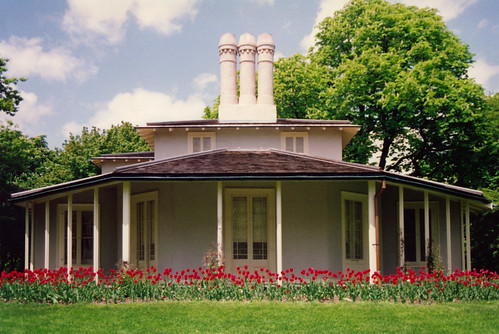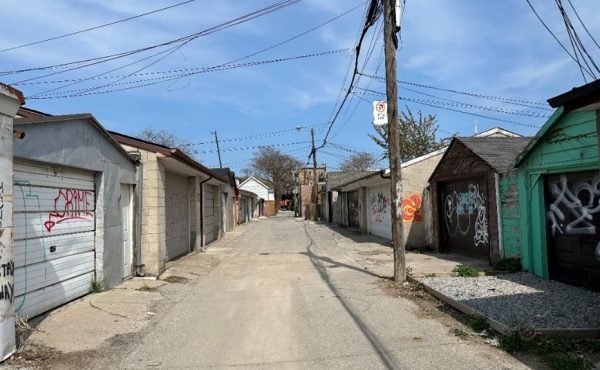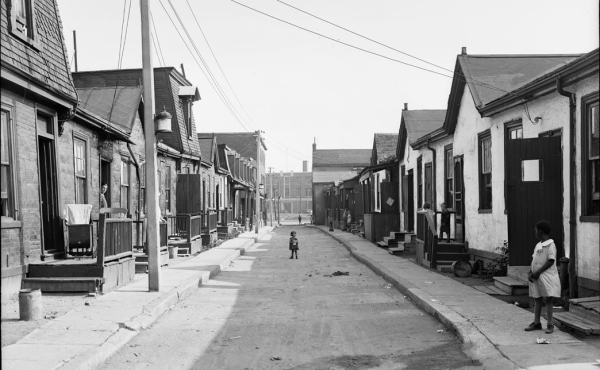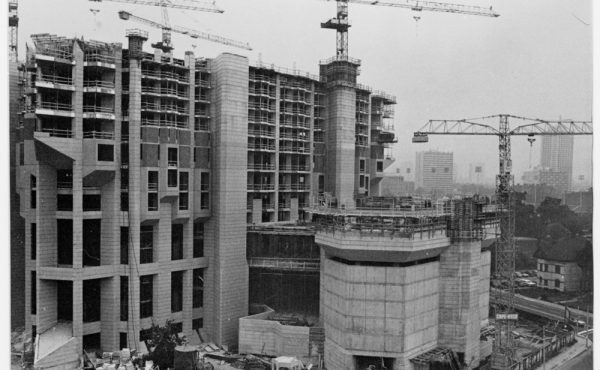

With summer coming to an end and nature’s most colourful season just around the corner, I’m reminded of an architectural style that put as much emphasis on the view from the building as it put on the view of the building itself. Regency style buildings sought to connect architecture and nature, often with a touch of whimsy. Few examples were ever built here and even fewer remain, but they are more than worth a mention.
The Regency Style began in England in the early nineteenth century when the Prince Regent (George IV) commissioned English architect John Nash to design a whimsical palace in the Indo-Gothic style. The Royal Pavilion at Brighton has nothing comparable in Canada, but the essence of its inspiration is linked to the Regency style cottages that began to appear all over Ontario a few decades later.
Retiring British officers were the originators, bringing with them memories of the distant countries where they’d served the King. Set within the landscape, these houses were part of the picturesque movement which placed great importance on the connection between the building and the landscape ensuring beautiful views to and from the building.
The context of these buildings was so important that the main reason they no longer exist is that as the city grew around them they lost their deliberate connection to their location becoming confined to small city lots. This combined with advanced age meant that most examples disappeared long ago.
The main elements of the style include long verandas with low-pitched or bell-cast roofs extending the length of the main faà§ade and sometimes around the whole building. There were generous floor to ceiling windows or French doors to bring the outdoors in, or to provide expansive views of the surrounding landscape, (chosen specifically for its picturesque qualities). The veranda with trellis-like supports evoked distant (and much warmer) climes and houses were often modest looking with just one or one-and-a-half storeys beneath a gently pitched hip roof. The preferred exterior finish was stucco, sometimes scored to imitate stone.
A few good examples have survived in Toronto including Ashbridges House on Queen Street East (including its early 20th century roof), Drumsnab in Rosedale, Robinson-Adamson house in Mississauga and the most famous (and only example to retain most of its original surrounding landscape) Colborne Lodge in High Park.
A few other good examples in Toronto are known only in pictures including the Van Every house in Mimico (at Royal York and Lakeshore), Gwynne Cottage (on Dufferin) in Parkdale and Holland House on Wellington.
There are however a few good examples further afield including Riverset at L’orignal (near Ottawa), Hamilton Place in Paris, the original 1838 portion of Rideau Hall built for Thomas McKay and an uncommon concentration of Regency homes in Port Hope.



